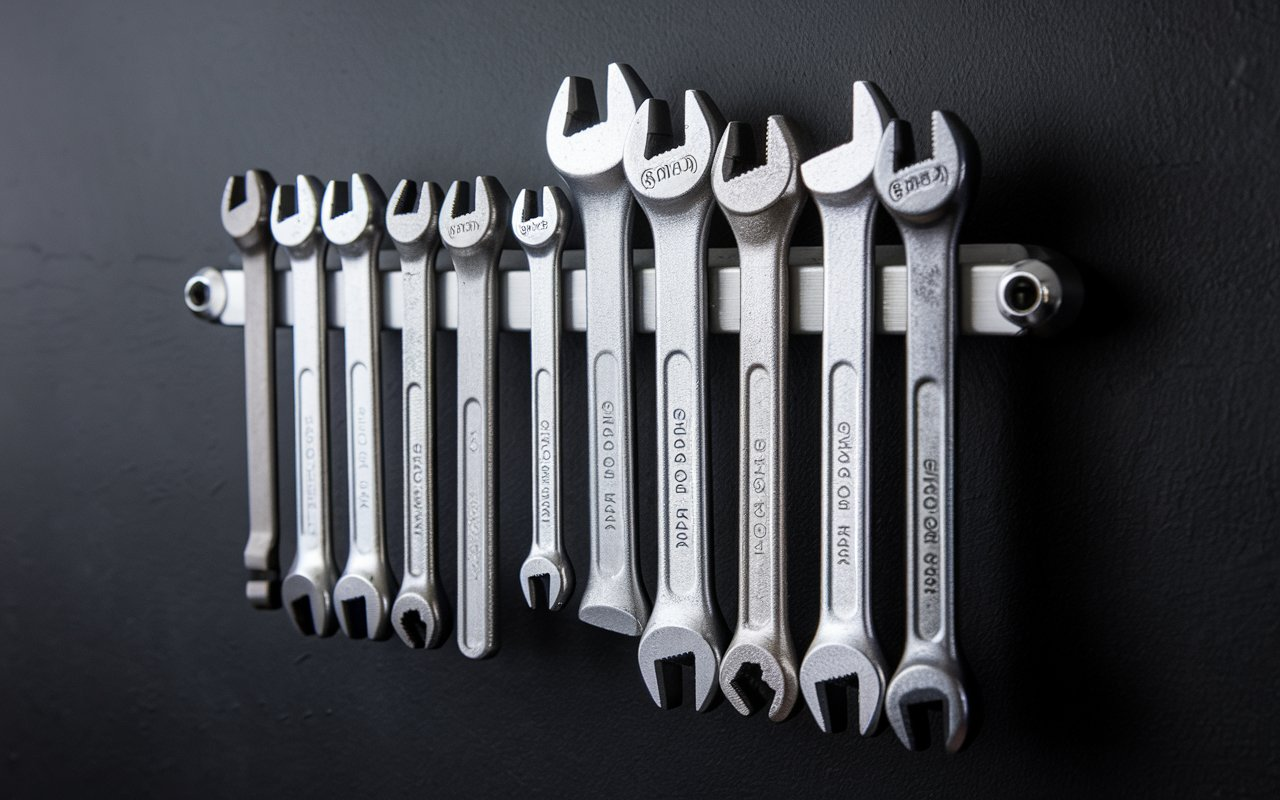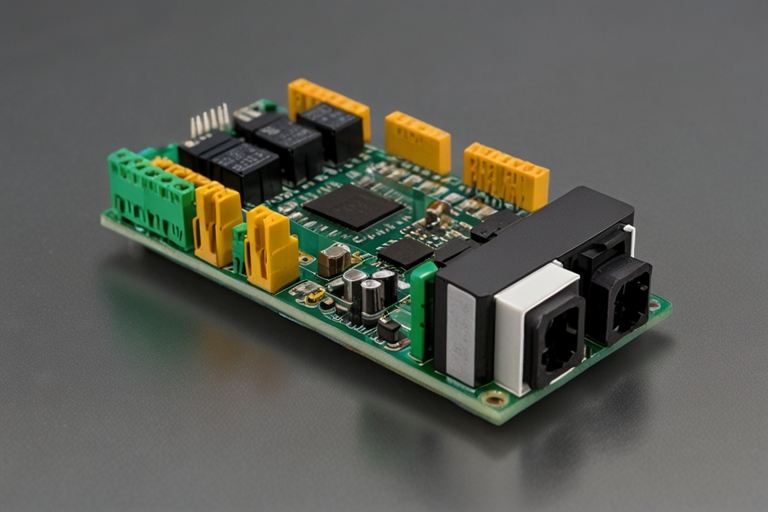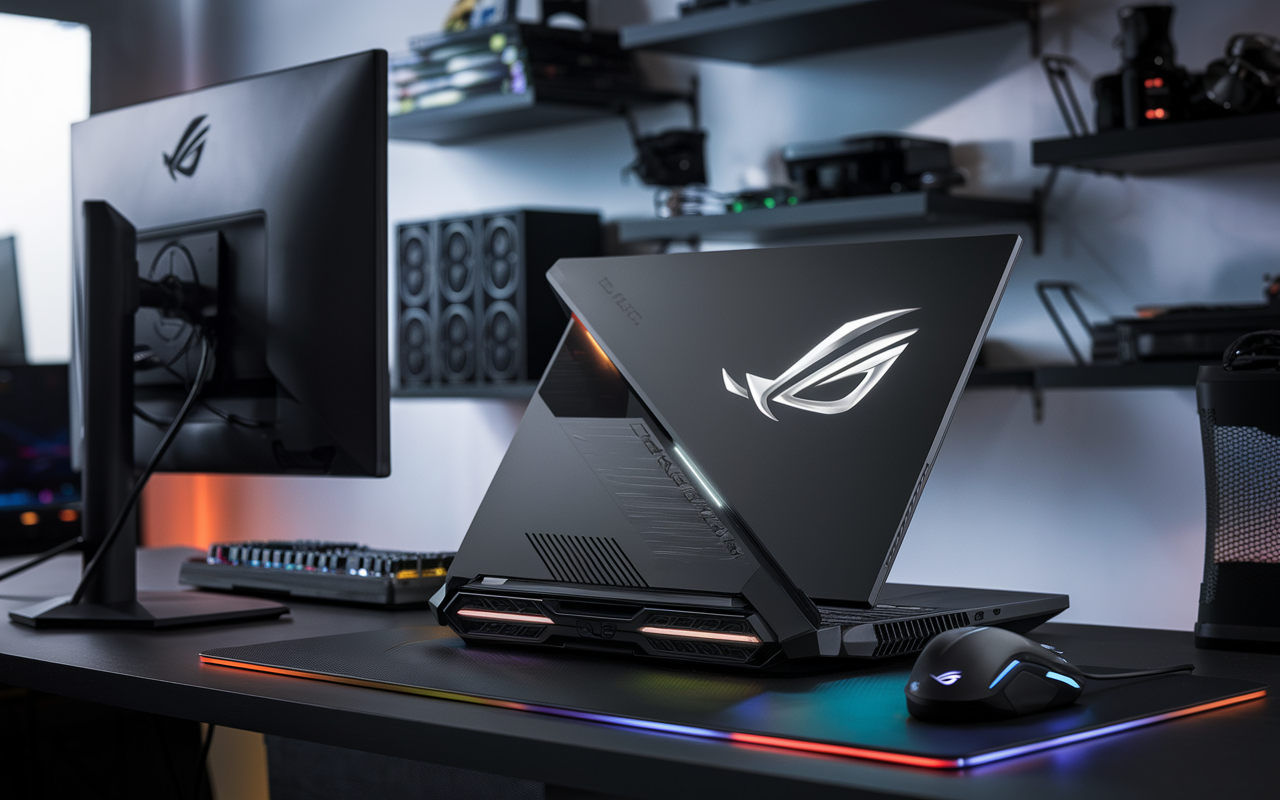In the rapidly evolving world of robotics, VEX Robotics stands out for its robust and flexible systems. Understanding the DeviceURL is critical to programming and controlling VEX robots using Node.js.
This article delves deep into the What is DeviceURL for VEX Brain Nodejs, its functions, and why it’s essential for seamless interaction between Node.js applications and VEX Brain.
What is VEX Brain?
what is DeviceURL for VEX Brain Nodejs VEX Brain is the central processing unit in the VEX Robotics system. The main controllerhat integrates with various sensors, motors, and other components to orchestrate the robot’s actions. This unit is crucial for executing commands and processing inputs from the robot’s environment.
Introduction to Node.js
Node.js is a popular JavaScript runtime built on Chrome’s V8 JavaScript engine. It allows developers to easily build scalable network applications. In robotics, Node.js can be used to create applications that communicate with the VEX Brain, enabling advanced control and automation.
What is DeviceURL?
The DeviceURL is a unique identifier that specifies the address of the VEX Brain within a network. Node.js applications use it to locate and interact with the VEX Brain. The DeviceURL typically includes the IP address and port number, essential for establishing a connection between your Node.js code and the VEX Brain.
How DeviceURL Works
- Establishing Connection: The DeviceURL provides the necessary details for Node.js to connect with the VEX Brain. This URL allows Node.js to send and receive commands and data.
- Data Communication: Through the DeviceURL, your Node.js application can send commands to control the robot and retrieve data from sensors for processing.
- Real-Time Interaction: The DeviceURL ensures that interactions between the Node.js application and the VEX Brain occur in real-time, which is crucial for dynamic control and feedback.
Finding the DeviceURL
To use the what is DeviceURL for VEX Brain Nodejs , you first need to locate it. Here’s how you can find it:
- Connect to the Network: Ensure your VEX Brain is connected to your local network.
- Access the VEX Interface: Use the VEX Robotics interface, which is usually accessible through a web browser or specific VEX software.
- Locate the DeviceURL: Find the interface section displaying the network settings or device information. The Device URL, including the IP address and port number, will be listed here.
Benefits of Using DeviceURL
- Efficient Communication: The DeviceURL facilitates efficient and reliable communication between your Node.js application and the VEX Brain.
- Enhanced Control: The DeviceURL allows you to control robotic functions and components with precision and in real time.
- Integration Capabilities: It allows for easy integration with other systems and technologies, enhancing the functionality of your robotic projects.
Common Issues and Troubleshooting
Understanding common issues with DeviceURL and how to troubleshoot them is crucial:
- Connection Issues: Ensure the VEX Brain is correctly connected to the network and powered on.
- Incorrect URL: Double-check the DeviceURL for accuracy, including the IP address and port number.
- Network Restrictions: Verify that network firewalls or restrictions are not blocking the connection.
- Software Updates: Keep your Node.js application and the VEX Brain software updated to avoid compatibility issues.
Best Practices for Using DeviceURL
- Security: Use secure connections (HTTPS) to protect data during transmission.
- Error Handling: Implement robust error handling in your Node.js code to manage connection problems gracefully.
- Regular Monitoring: Regularly monitor the performance and connectivity of your VEX Brain to ensure smooth operation.
Advanced Usage of DeviceURL
For more advanced applications, the DeviceURL can be used to:
- Implement Complex Commands: Send complex sequences of commands to control various aspects of the robot.
- Retrieve Detailed Data: Access detailed sensor data for analysis and decision-making.
- Integrate with Other Technologies: Combine the VEX Brain with other technologies and platforms for enhanced functionality.
Summary
The DeviceURL for VEX Brain Node.js is a fundamental concept that enables effective communication between Node.js applications and the VEX Brain. By understanding how to locate and use the DeviceURL, you can enhance your robotics projects, achieve real-time control, and integrate advanced functionalities.
Additional Resources
- VEX Robotics Official Documentation: Offers comprehensive guides and information on configuring and using the VEX Brain.
- Node.js Documentation: Provides detailed information on using Node.js for API interactions and network communication.
Conclusion
Anyone involved in robotics programming must master the what is DeviceURL for VEX Brain Nodejs. By following this article’s guidelines and best practices, you can ensure efficient communication and control of your VEX robotic systems.
For further details and updates, refer to the official documentation provided by VEX Robotics and Nodejs.
Keywords: DeviceURL for VEX Brain Node.js, VEX Brain, Node.js, communication, data transfer, robotics, troubleshooting, best practices, secure communication, real-time control.
1. What is the DeviceURL for VEX Brain Node.js?
The DeviceURL for VEX Brain Node.js is a specific identifier that includes the IP address and port number used to connect Node.js applications with the VEX Brain. It is essential for facilitating communication between the Node.js application and the VEX Brain, enabling control and data exchange.
2. How do I find the DeviceURL for my VEX Brain?
To locate the DeviceURL:
- Ensure that your VEX Brain is connected to your network.
- Access the VEX Brain interface through a web browser or VEX software.
- Navigate to the network settings or device information section, where the DeviceURL, including the IP address and port number, will be displayed.
3. Why is the DeviceURL important?
The DeviceURL is crucial because it:
- Provides the address needed for Node.js applications to connect with the VEX Brain.
- Enables real-time communication and control of robotic components.
- Facilitates data transfer between the Node.js application and the VEX Brain, allowing for accurate sensor readings and command execution.
4. What should I do if my Node.js application cannot connect to the VEX Brain?
If you encounter connection issues:
- Verify that the VEX Brain is powered on and connected to the network.
- Double-check the DeviceURL for accuracy, including the IP address and port number.
- Ensure that no network firewalls or restrictions are blocking the connection.
- Update your Node.js application and VEX Brain software to the latest versions.
5. Can I use a secure connection with DeviceURL?
Yes, to protect data during transmission, it is advisable to use secure connections (HTTPS) when interacting with the VEX Brain through DeviceURL. Ensure that your VEX Brain and Node.js application support HTTPS for secure communication.
6. What are some common errors when using DeviceURL, and how can I troubleshoot them?
Common errors include:
- Incorrect DeviceURL: Verify the IP address and port number.
- Network Issues: Check network connectivity and firewall settings.
- Software Compatibility: Ensure that both Node.js and the VEX Brain software are current.
- Error Handling: Implement robust error handling in your Node.js code to manage connection issues effectively.




